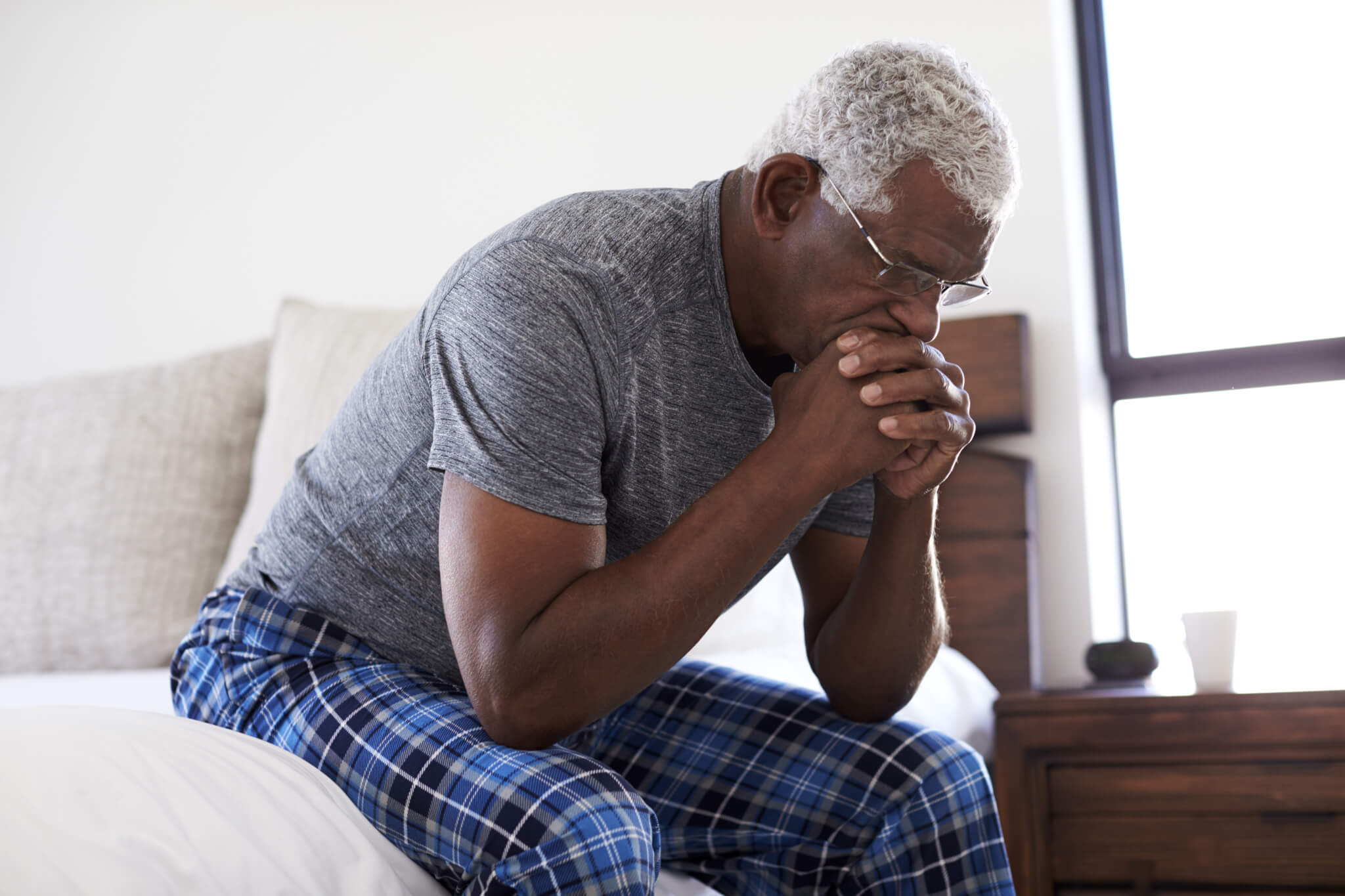INDIANAPOLIS — Physical pain often leads to mental anguish, so why don’t doctors consider the psychological symptoms of pain patients more often? In a newly published commentary, Kurt Kroenke, M.D., of Regenstrief Institute and Indiana University School of Medicine explains that chronic pain and mental health symptoms like depression and anxiety are intrinsically linked and can actually feed off of each other. This can foster an unhealthy repeating cycle of physical discomfort and mental uncertainty.
All in all, this work serves to highlight the importance of not neglecting psychological symptoms in patients experiencing pain.
“One of the reasons for the bi-directional linkage between pain and depression, as well as anxiety, is the existence of a feedback loop. Individuals with pain don’t sleep well and their resulting tiredness affects their mood, making them vulnerable to depression and anxiety. Having problems with depression or anxiety can increase susceptibility to pain,” Dr. Kroenke says in a media release.
“Also, areas in the brain that affect the pain that people experience are connected with areas that regulate mood, making physical and mental symptoms closely associated.”
Dr. Kroenke notes that successfully addressing depression and anxiety has been associated with pain improvements in the past. However, while treating pain may not improve depression and anxiety to the same degree, it is still more than worthwhile for physicians to focus on identifying and treating both physical and psychological symptoms.

“Symptoms of the body and the mind are frequent fellow travelers,” Dr. Kroenke explains. “But patients seeing their primary care physician for a headache, back or muscle or leg pain or stomachache often neglect to mention the symptoms commonly associated with depression and anxiety that they are also experiencing such as fatigue, lack of motivation, nervousness and moodiness. And physicians don’t always ask about symptoms beyond the ones which brought the patient into the office.”
“Un- or under-treated, these emotional symptoms can cause long-term suffering and impaired quality of life. If clinicians measure and monitor both physical and mental symptoms they will be more able and likely to treat them. But there is no blood pressure cuff, lab test or X-ray for symptoms. We don’t have a way to measure symptoms other than from what the patient tells us, yet screening and diagnosis are crucial to improving patient outcomes.”
Dr. Kroenke is one of the originators and leaders of the growing field of symptomology and the developer of several validated and widely used scales that enable clinicians to use feedback from their patients to measure both the specific type and severity of pain (PEG), depression (PHQ-9), anxiety (GAD-7), and other symptoms including cancer fatigue (FSI-3) and risk of suicide (P-4). These brief measurement tools have been translated into over 100 languages.
Symptoms account for half of all outpatient primary care visits. Notably, in a 2014 review article, Dr. Kroenke and colleagues found that one in three common symptoms do not have a clear-cut disease-based explanation. That percentage is now believed to be more than one in two, he adds.
Dr. Kroenke concludes his commentary with an illustrative quote from Ovid [born 43 B.C.], “I am no better in mind than in body; both alike are sick and I suffer double hurt.”
The study is published in JAMA Network Open.
You might also be interested in:
- Best Headache Medicine: Top 5 OTC Pain Relievers Most Recommended Across Expert Reviews
- Talk it out: New depression therapy may be more effective, cheaper than CBT
- ‘Scrambler therapy’ may finally zap away chronic pain for good

